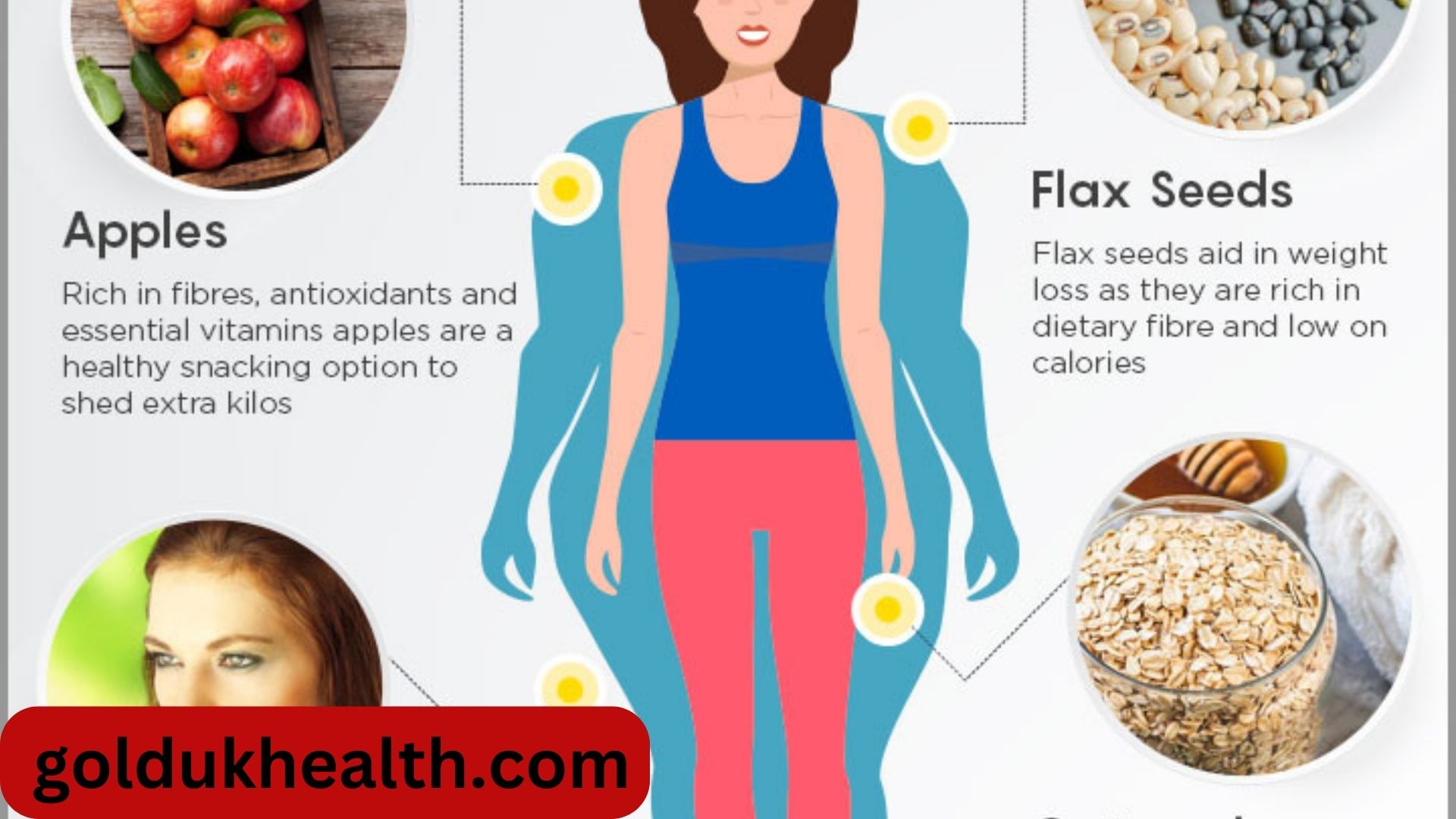Diet For Weight Loss:
Diet For Weight Loss Consuming meals high in nutrients, such as lean protein and legumes, can improve your general health and assist you in controlling your weight.
Although losing weight is not a panacea for health and is not something everyone should aim for, it can be something you want to work toward to feel your healthiest. But before making any significant adjustments, see a healthcare provider.
Diet For Weight Loss Diet plans are based on individual age, weight height sex, and level of physical activity. They may also take into account any health conditions or dietary restrictions a person may have. A diet plan is a guide that outlines the specific types and quantities of food that a person should eat to achieve a particular health or weight-loss goal.
Diet For Weight Loss Visit
Lose Weight in 3 steps:
Consume Proteins, Fats, And Vegetables:
Diet For Weight Loss At each meal, try to include a variety of foods. Meals should include protein, fat, vegetables, and complex carbohydrates to keep your plate balanced.
According to the Dietary Guidelines for Americans 2020–2025, the following are the recommended amounts to eat by age
| Food type | Adults | Children Two-Eight | Children Nine-Thirteen |
|---|---|---|---|
| Pro | 5-7 ounces oz | 2-5.5(oz) | 4-6.5 (oz) |
| V.Tables | 2-5 (cups) | 1-2.5 (cups) | 1.5-3.5(cups) |
| Healthy Oils | 22-44 grams | 15-24 grams | 17-34 grams |
| Grains | 5-10 (oz) | 3-6 (oz) | 5-9 (oz) |
Protein:
Eating the recommended amount of protein is critical for maintaining muscle mass while losing weight.
Protein-rich diets may also help you feel full and satisfied, reducing your cravings and snacking.
The foods that contain protein in the amounts and servings listed below are from the United States Department of Agriculture’s Food Data Central Trusted Source database.
| Food Type | Amount of protein/100 g | Daily serving |
|---|---|---|
| lean ground beef | 20.8 grams | 3.7 (oz) |
| skinless chicken breast | 23.2 grams | 3.7 (oz) |
| black beans | 21.6 grams | 0.7 (oz) |
| lentils | 9.02 grams | 0.7 (oz) |
Vegetables:
All vegetables have the potential to be nutrient-dense additions to your diet. Aim to consume about 2.5 cups of vegetables per day.
Vegetable examples include:
Tomatoes with leafy green bell peppers, green beans, and squash.
This eliminates the vast majority of added sugar fat and processed foods:
Most whole foods are naturally filling, making it much easier to stick to standard calorie limits (7 trusted sources).
Eating whole foods also gives your body the many essential nutrients it requires to function properly.
Weight loss is a common natural side effect of eating whole food.
Limit your intake of processed foods:
Processed food typically contains a lot of added sugars fats and calories.
. They are much more likely than unprocessed foods to cause addictive-like eating (8 trusted sources).
Drink plenty of water:
There is some truth to the claim that drinking water can help you lose weight.
Drinking 0.5 liters (17 oz) of water after exercise can increase your calorie burn by 24–30% for an hour (16 trusted sources, 17 trusted sources, 18 trusted sources, and 19 trusted sources).
Drinking water before meals may also reduce calorie intake, particularly in the middle and elderly (20 trusted sources, 21 trusted sources).
Water is especially beneficial for weight loss when it is substituted for other beverages high in calories and sugar (22 trusted sources, 23 trusted sources).
Consume unsweetened coffee:
Coffee is high in antioxidants and other health-promoting compounds.
Coffee consumption may aid weight loss by increasing energy levels and calorie burn (24 trusted sources, 25 trusted sources, and 26 trusted sources).
Caffeinated coffee may increase your metabolism by 3–11% and lower your risk of type 2 diabetes by 2–35% (27 trusted sources, 28 trusted sources, and 29 trusted sources).
Furthermore, black coffee is ideal for weight loss because it can make you feel full while containing almost no calories.

